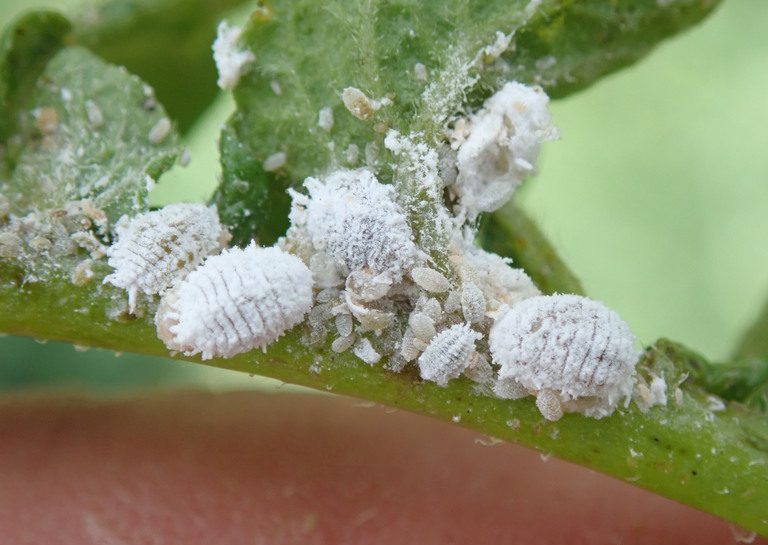Landscaping

Integrated Pest Management
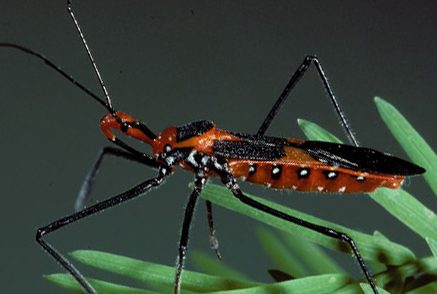
Assassin bug, a predatory beneficial insect (Photo credit: Gerald J. Lenhard, Louisiana State University, Bugwood.org)
Managing landscape and garden pests is more effective when using a variety of options. Integrated pest management (IPM) combines biological, cultural, physical, and chemical tools. IPM starts with prevention and considers potential problems.
You Will Need:
Research
Trash Bag/Container
Pruners
Pest ID
Product Label
Weather App
- Learn about the plants in your yard, their potential problems, and the conditions needed for their best health (right plant, right place). Education is the first step.
- Always identify the pest before choosing management options. Also, identify beneficials and protect them.
- Remove. For large, slow-moving pests, pick them off by hand. Dispose of any captured insects so they do not return.
- Prune. When pest populations are high, you can reduce or sometimes eliminate the problem by removing the affected plant parts. Destroy and remove infested plant parts to avoid spreading the problem.
-
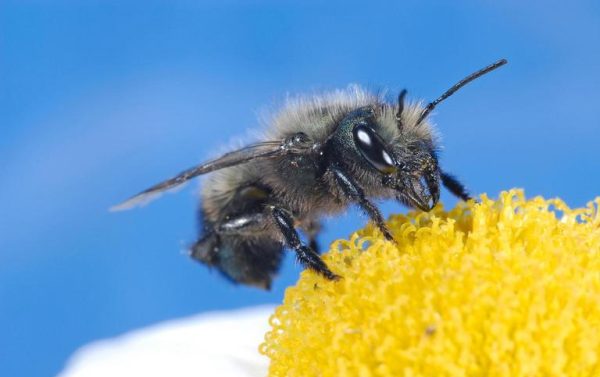
Mason bees emerge in early spring, offering high efficiency pollination in many fruit tree crops. (Photo credit: Joseph Berger, Bugwood.org)
Ensure best use and results. Read and follow all product labels carefully (organic- and synthetic- sourced products). Learn what insects or diseases it will target, what rate to use, and the optimal time to apply.
- Stay on target: the pest. Avoid using broad-spectrum insecticides. These will kill all insects in the area, including the beneficial ones. Repeated use of these will increase a pest problem.
- Safer alternatives include insecticidal soaps and horticultural oils. Both are effective against plant-sucking insects.
- Products containing an extract of the bacterium Bacillus thuringiensis (Bt) specifically kill caterpillars.
- Spot treat affected areas—a single plant or plant part. Do not perform a blanket application across the entire landscape.
- Watch the weather. Apply pesticides during the cooler part of the day to avoid sunscald on plants. Do not apply before a rainstorm or in windy conditions.
- Conserve pollinators. Do not apply pesticides when and where bees are foraging (on sunny days with temperatures above 55 degrees F and on flowering plants).
Identifying the Pest
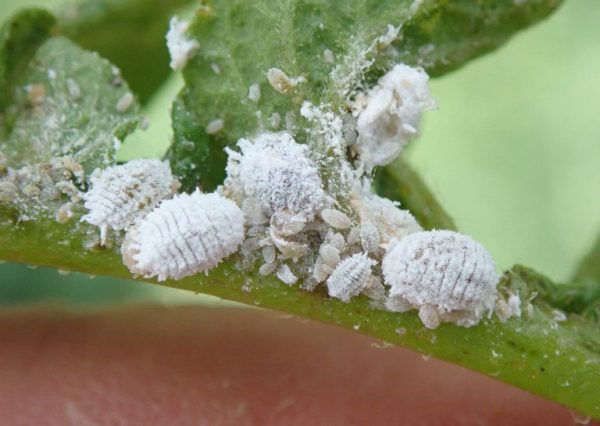
Multiple life stages of a mealybug, a common insect pest. (Photo credit: Whitney Cranshaw, Colorado State University, Bugwood.org)
Find plant problems early and identify their causes. Regularly inspect plants during garden chores. Know the key pests for certain plants, so scouting will be easier. Learn warning signs, such as curled leaves, moldy stems, and ants on plants.
You Will Need:
Research
Weekly Scouting Plan
Collection Jar
Camera
Helpline Number
- Accept that some plant damage will occur. A little damage will not cause long-term problems.
- Look on the branches and the upper and undersides of leaves for pests such as scales and immature whiteflies.
- Watch for sooty mold on leaves. It is a clue that piercing-sucking insects such as aphids can be present.
- Flick the leaves against a light-colored plastic dish when checking for tiny insects. Use a magnifying glass to search for their movement.
- Inspect after dark if you find chewing damage but no pest present. This damage may indicate nighttime activity by pests such as snails, slugs, beetles, or caterpillars.
- Recognize beneficials. Ladybugs and their larvae, lacewings and larvae, assassin bugs, spiders, parasitic wasps, and parasitic flies are just a few.
- Find help. Having trouble identifying the problem? Take damaged plants or pests to your county Extension office. Or you can call the Gardener Helpline toll-free at (877) 252-4769 or email helpline@ acesagmg.site
Avoid Pest Problems
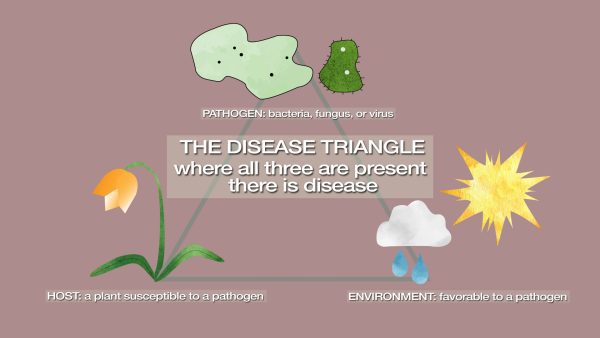
Understanding the three elements needed for disease development leads to smarter disease (pest) management.
How you design and maintain your yard can either establish a barrier against pests or welcome them to invade. A well-planned yard can save time, money, and natural resources.
You Will Need:
Research
Moderation
Mulch
Product Label
Helpline Number
- Think before you plant. Placing a plant in a non- ideal spot increases the likelihood of pest problems. Plants growing in compacted soil, with inappropriate pH or sunlight, and with heavy weed competition are often prime targets for pests.
- Choose insect- and disease-resistant varieties of plants.
- Avoid overwatering and overfertilizing. Too much of either causes excessive growth, attracting both insects and diseases. Apply moderate amounts to support healthy growth.
- Mow to the proper height and prune selectively. Mowing grass too short and severely pruning trees and shrubs can invite pests. Lawns that grow too tall can also invite problems.
- Use barriers to block pest entry. Think mulch to block weeds or row covers to block caterpillars from new vegetable seedlings.
- Encourage beneficial insects. Choose plants that provide the nectar and pollen needed by beneficial adults.
- Minimize or avoid the use of broad-spectrum pesticides.
- Stay on target when using pesticides (organic- and synthetic-sourced products). Always target the pests.
- Be careful with pesticide use and application frequency. Repeated applications of the same pesticide lead to pesticide resistance, which means that pests (insects, weeds, diseases) adapt and are no longer harmed by it. Pests that survive will breed and pass resistance to the next generation.
- Always follow the label’s recommended application rate and timing for all insect, disease, and weed pesticides.
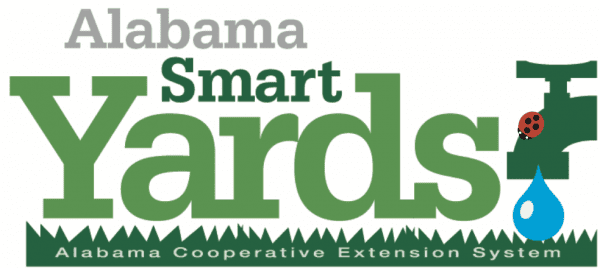
 Kerry Smith, Administrator, Outreach Programs, Horticulture, Auburn University
Kerry Smith, Administrator, Outreach Programs, Horticulture, Auburn University
New July 2022, Smart Pest Management– Smart Yards Recipe Series, ANR-2872-F

